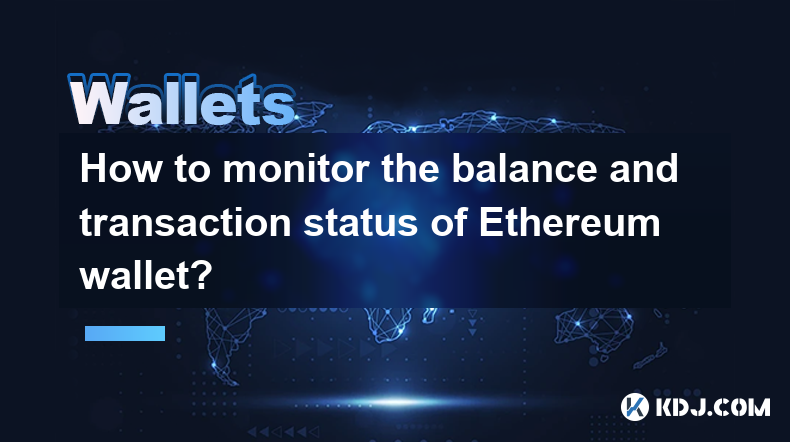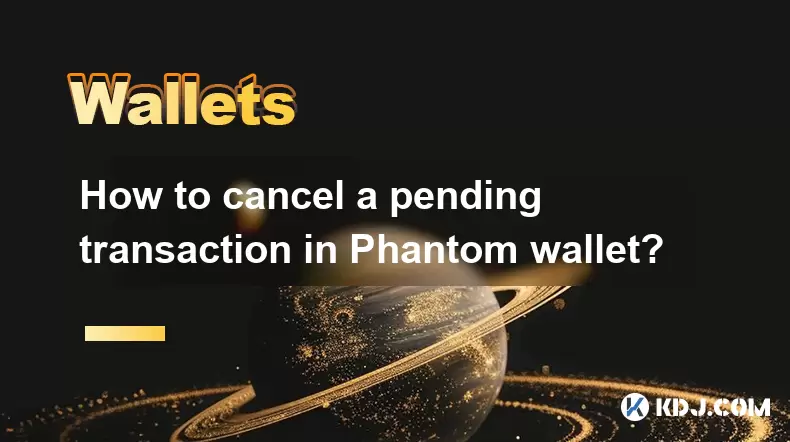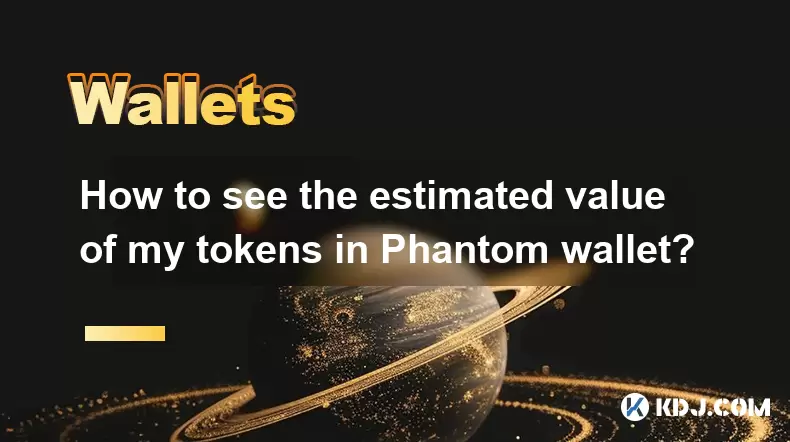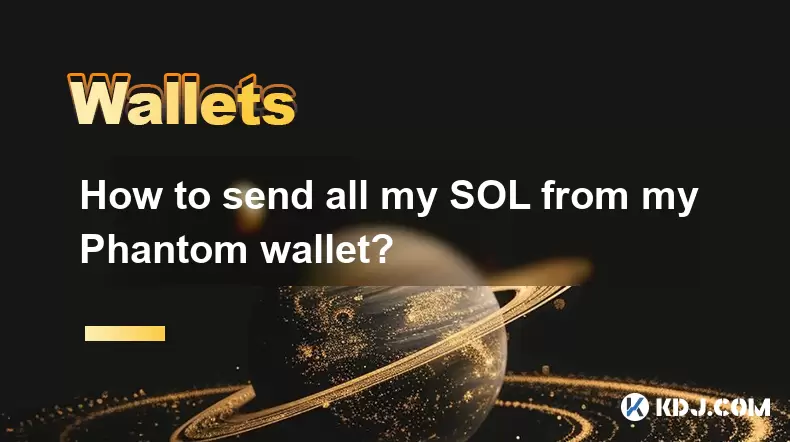-
 Bitcoin
Bitcoin $108,708.8110
0.60% -
 Ethereum
Ethereum $2,561.6057
1.91% -
 Tether USDt
Tether USDt $1.0001
-0.03% -
 XRP
XRP $2.2795
0.57% -
 BNB
BNB $662.2393
1.00% -
 Solana
Solana $153.1346
3.74% -
 USDC
USDC $1.0000
0.00% -
 TRON
TRON $0.2877
0.97% -
 Dogecoin
Dogecoin $0.1710
3.93% -
 Cardano
Cardano $0.5871
1.61% -
 Hyperliquid
Hyperliquid $39.6663
1.68% -
 Sui
Sui $2.9032
0.79% -
 Bitcoin Cash
Bitcoin Cash $496.1879
1.71% -
 Chainlink
Chainlink $13.5807
3.01% -
 UNUS SED LEO
UNUS SED LEO $9.0777
0.61% -
 Stellar
Stellar $0.2514
4.51% -
 Avalanche
Avalanche $18.1761
1.86% -
 Shiba Inu
Shiba Inu $0.0...01173
1.72% -
 Toncoin
Toncoin $2.8010
-4.23% -
 Hedera
Hedera $0.1594
3.21% -
 Litecoin
Litecoin $87.0257
-0.53% -
 Monero
Monero $319.1217
1.79% -
 Polkadot
Polkadot $3.3853
0.68% -
 Dai
Dai $0.9999
-0.01% -
 Ethena USDe
Ethena USDe $1.0003
0.02% -
 Bitget Token
Bitget Token $4.3420
-0.97% -
 Uniswap
Uniswap $7.3772
1.39% -
 Aave
Aave $286.6277
5.61% -
 Pepe
Pepe $0.0...09994
2.33% -
 Pi
Pi $0.4589
1.76%
How to monitor the balance and transaction status of Ethereum wallet?
Monitor your Ethereum wallet's balance and transaction status via web or mobile interfaces, blockchain explorers (like Etherscan), or command-line tools. Prioritize security by using reputable wallets and protecting your seed phrase.
Mar 23, 2025 at 05:28 am

How to Monitor the Balance and Transaction Status of an Ethereum Wallet?
Monitoring your Ethereum wallet's balance and transaction status is crucial for managing your cryptocurrency holdings. This involves understanding the different methods available and choosing the approach best suited to your technical skills and comfort level. Security should always be your top priority when accessing and interacting with your wallet.
Method 1: Using a Web Wallet Interface
Many Ethereum wallets, like MetaMask or Trust Wallet, provide user-friendly web interfaces. After connecting your wallet, your dashboard typically displays your current ETH balance prominently. Transaction history is usually accessible through a separate tab or section, providing details such as transaction IDs, timestamps, amounts, and recipient addresses. The status (e.g., pending, confirmed, failed) is clearly indicated.
- Access your wallet: Log in to your chosen web wallet using your seed phrase or password.
- View your balance: Your ETH balance should be readily visible on the main dashboard.
- Check transaction history: Navigate to the transaction history section to see the status of your past transactions. This usually includes a search function for easier navigation.
- Monitor pending transactions: Observe the status of any pending transactions; they will update as they progress through the Ethereum network.
Method 2: Utilizing a Mobile Wallet Application
Mobile wallets offer similar functionality to web wallets, providing convenient access to your balance and transaction history from your smartphone. The interface is usually intuitive, and the layout often prioritizes quick access to key information. Push notifications can alert you to important events like incoming transactions or confirmation of outgoing transfers.
- Open your app: Launch your mobile wallet application (e.g., MetaMask Mobile, Trust Wallet).
- Check your balance: The current balance is usually displayed prominently on the home screen.
- Review transaction history: Find the transaction history section within the app to review details of past transactions.
- Manage notifications: Configure your notification settings to receive updates on transaction statuses.
Method 3: Employing a Blockchain Explorer
Blockchain explorers like Etherscan allow you to publicly view transactions on the Ethereum network. By entering your wallet address, you can access a comprehensive record of all transactions associated with that address. This provides independent verification of your balance and transaction history. Note that this method only shows public information; private key information is not accessible.
- Go to a blockchain explorer: Visit a reputable Ethereum blockchain explorer such as Etherscan.io.
- Enter your address: Paste your Ethereum wallet address into the search bar.
- View transactions: The explorer will display all transactions associated with that address, including their status and details.
- Check balance: The explorer often calculates and displays the current balance based on the transactions. Note that this might lag slightly behind the actual network state.
Method 4: Using Command-Line Interface (CLI) Wallet
For users comfortable with command-line tools, interacting with a CLI wallet like Parity provides a text-based interface for monitoring your wallet. This method requires technical proficiency but offers granular control and access to detailed information. CLI wallets often integrate with other command-line tools for advanced analysis.
- Install a CLI wallet: Download and install a command-line Ethereum wallet.
- Connect to the network: Configure the wallet to connect to the Ethereum network.
- Access your balance: Use the wallet's commands to retrieve your current ETH balance.
- Check transaction history: Employ the appropriate commands to view details of your past transactions.
Understanding Transaction Statuses
Transactions typically progress through several stages:
- Pending: The transaction has been broadcast to the network but hasn't yet been included in a block.
- Confirmed: The transaction has been included in a block and is considered final. The number of confirmations indicates how secure the transaction is.
- Failed: The transaction encountered an error and was not processed successfully. Reasons could include insufficient gas, invalid data, or network issues.
Security Considerations
- Use reputable wallets: Only utilize well-established and secure wallets.
- Protect your seed phrase: Never share your seed phrase with anyone.
- Enable two-factor authentication (2FA): Add an extra layer of security to your wallet whenever possible.
- Be wary of phishing scams: Be cautious of suspicious emails or websites claiming to be associated with your wallet.
Frequently Asked Questions:
Q: What if my transaction is pending for a long time?
A: A prolonged pending status could indicate network congestion on the Ethereum network. You might need to increase the gas fee for your transaction to expedite its processing. Check the gas price on sites like GasNow.
Q: How many confirmations are sufficient for a transaction to be considered secure?
A: While one confirmation is generally enough for many transactions, it's common practice to wait for at least 6 confirmations for high-value transactions to mitigate the risk of potential chain re-organizations.
Q: What should I do if my transaction fails?
A: If your transaction fails, review the error message carefully. Common causes include insufficient gas or invalid transaction data. You might need to retry the transaction with adjusted parameters or contact the wallet provider's support.
Q: Can I monitor my transaction status without accessing my wallet directly?
A: Yes, you can use a blockchain explorer like Etherscan to view the status of transactions associated with your Ethereum address without needing to log into your wallet. This provides a public, independent verification of your transaction.
Q: What are the differences between different types of Ethereum wallets?
A: Different wallets offer varying levels of security, user-friendliness, and features. Software wallets (like MetaMask) are convenient but require careful security practices. Hardware wallets (like Ledger or Trezor) offer enhanced security but may have a steeper learning curve. Custodial wallets offer ease of use but relinquish some control over your funds.
Disclaimer:info@kdj.com
The information provided is not trading advice. kdj.com does not assume any responsibility for any investments made based on the information provided in this article. Cryptocurrencies are highly volatile and it is highly recommended that you invest with caution after thorough research!
If you believe that the content used on this website infringes your copyright, please contact us immediately (info@kdj.com) and we will delete it promptly.
- Bitcoin, Jon Atack, and El Salvador: A Crypto Conundrum
- 2025-07-07 23:15:12
- Google, AI Chatbots, and Altcoins: Navigating the Shifting Sands of Search and Crypto
- 2025-07-07 23:15:12
- By Georgia:
- 2025-07-07 23:50:57
- Ethereum (ETH) Analyst Points: Is a Major Breakout Imminent?
- 2025-07-07 23:55:12
- BBVA's Crypto Leap: Bitcoin and Ethereum for the Masses?
- 2025-07-07 22:30:12
- Bitcoin, Strategy, and Windfalls: Decoding the Latest Moves
- 2025-07-07 22:30:12
Related knowledge

How to cancel a pending transaction in Phantom wallet?
Jul 03,2025 at 07:21pm
Understanding Pending Transactions in Phantom WalletA pending transaction in the Phantom wallet occurs when a user initiates a transfer or interaction with the Solana blockchain, but it hasn't yet been confirmed by the network. This can happen due to various reasons such as low transaction fees, network congestion, or incorrect gas settings. It's import...

How to see the estimated value of my tokens in Phantom wallet?
Jul 04,2025 at 12:21am
What is Phantom Wallet?Phantom wallet is one of the most popular cryptocurrency wallets designed for the Solana blockchain. It allows users to store, send, receive, and manage various tokens built on Solana, including SPL tokens and NFTs. The wallet offers a user-friendly interface, making it accessible for both beginners and advanced users in the crypt...

How to lock my Phantom wallet extension?
Jul 03,2025 at 11:14am
What Is the Phantom Wallet and Why Lock It?The Phantom wallet is a popular non-custodial cryptocurrency wallet designed for interacting with the Solana blockchain. Supporting both browser extensions and mobile apps, Phantom allows users to store, send, receive, and stake SOL tokens, as well as interact with decentralized applications (dApps). Securing y...

Does Phantom wallet offer two-factor authentication (2FA)?
Jul 03,2025 at 09:00am
Understanding Phantom Wallet and Its Security FeaturesPhantom wallet is a widely used non-custodial cryptocurrency wallet that supports the Solana blockchain. It allows users to store, send, receive, and interact with decentralized applications (dApps) seamlessly. As security is a top priority for any crypto wallet user, security features like two-facto...

How to send all my SOL from my Phantom wallet?
Jul 06,2025 at 10:00am
Preparing to Send SOL from Your Phantom WalletBefore initiating any transaction, it is crucial to ensure that your Phantom wallet is fully set up and connected to the correct network. Phantom supports multiple networks, but for sending SOL, you must be on the Solana blockchain. Confirm this by checking the network indicator in the top-right corner of th...

What is "rent" on Solana and how does it affect my Phantom wallet?
Jul 02,2025 at 08:35pm
Understanding 'Rent' on SolanaIn the context of Solana, the term 'rent' refers to a storage fee that users pay for maintaining data on the blockchain. Unlike Ethereum, where storage costs are paid once via gas fees during contract deployment, Solana implements a recurring cost model to ensure efficient usage of network resources. This means that any acc...

How to cancel a pending transaction in Phantom wallet?
Jul 03,2025 at 07:21pm
Understanding Pending Transactions in Phantom WalletA pending transaction in the Phantom wallet occurs when a user initiates a transfer or interaction with the Solana blockchain, but it hasn't yet been confirmed by the network. This can happen due to various reasons such as low transaction fees, network congestion, or incorrect gas settings. It's import...

How to see the estimated value of my tokens in Phantom wallet?
Jul 04,2025 at 12:21am
What is Phantom Wallet?Phantom wallet is one of the most popular cryptocurrency wallets designed for the Solana blockchain. It allows users to store, send, receive, and manage various tokens built on Solana, including SPL tokens and NFTs. The wallet offers a user-friendly interface, making it accessible for both beginners and advanced users in the crypt...

How to lock my Phantom wallet extension?
Jul 03,2025 at 11:14am
What Is the Phantom Wallet and Why Lock It?The Phantom wallet is a popular non-custodial cryptocurrency wallet designed for interacting with the Solana blockchain. Supporting both browser extensions and mobile apps, Phantom allows users to store, send, receive, and stake SOL tokens, as well as interact with decentralized applications (dApps). Securing y...

Does Phantom wallet offer two-factor authentication (2FA)?
Jul 03,2025 at 09:00am
Understanding Phantom Wallet and Its Security FeaturesPhantom wallet is a widely used non-custodial cryptocurrency wallet that supports the Solana blockchain. It allows users to store, send, receive, and interact with decentralized applications (dApps) seamlessly. As security is a top priority for any crypto wallet user, security features like two-facto...

How to send all my SOL from my Phantom wallet?
Jul 06,2025 at 10:00am
Preparing to Send SOL from Your Phantom WalletBefore initiating any transaction, it is crucial to ensure that your Phantom wallet is fully set up and connected to the correct network. Phantom supports multiple networks, but for sending SOL, you must be on the Solana blockchain. Confirm this by checking the network indicator in the top-right corner of th...

What is "rent" on Solana and how does it affect my Phantom wallet?
Jul 02,2025 at 08:35pm
Understanding 'Rent' on SolanaIn the context of Solana, the term 'rent' refers to a storage fee that users pay for maintaining data on the blockchain. Unlike Ethereum, where storage costs are paid once via gas fees during contract deployment, Solana implements a recurring cost model to ensure efficient usage of network resources. This means that any acc...
See all articles

























































































